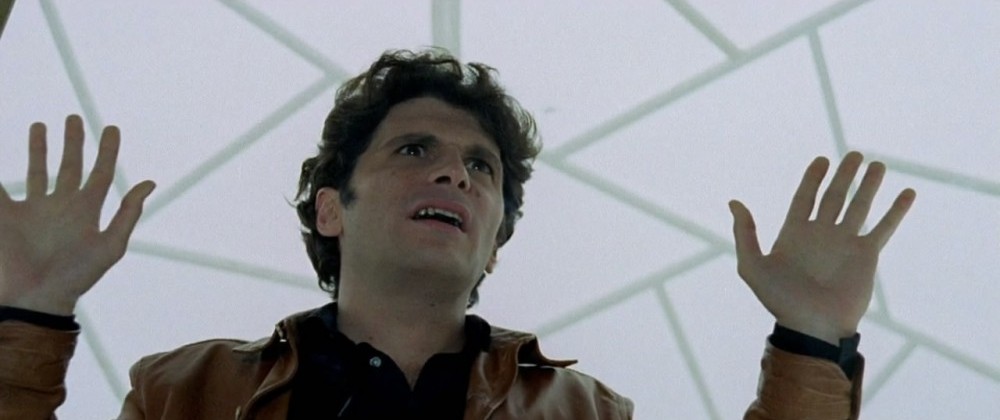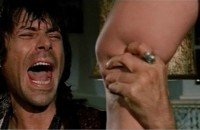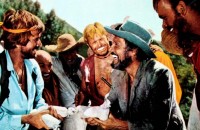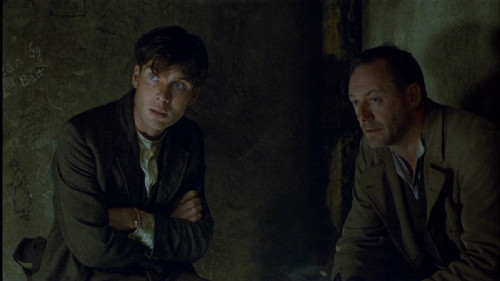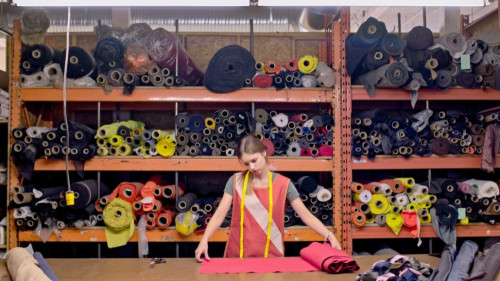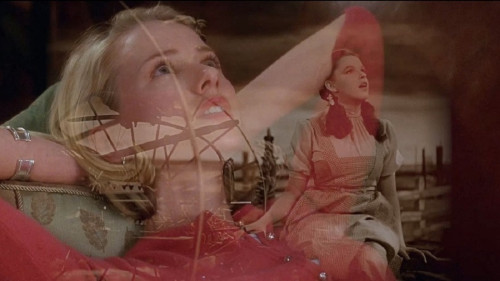Volume 11, Issue 11 / November 2007
Popular Italian Cinema
In this issue
When one thinks of post-World War 2 Italian cinema the image that comes to mind is Neo-realism, ‘art cinema’ and great auteurs (Rossellini, Antonioni, Visconti, Fellini, Pasolini, etc.), but the engine of the Italian film industry during its most thriving (both domestically and internationally) period was its varied popular cinemas. During the peak period, from the mid-1950s to the early 1980s, Italy produced well over a dozen separate, viable genres (the Peplum, the Mondo/Cannibal film, the spaghetti western, the giallo, the gothic horror film, the sex comedy, etc.). Of these the one that has received the least coverage in North America (although that is changing) is the crime film (the ‘poliziottesco’). For this reason Offscreen places an emphasis on the crime film in this special focus on popular Italian genre. As a note, the correct term when discussing Italian popular cinema is filone, the Italian equaivalent to genre, but with significant differences in nuance that grow out of the particularites of the Italian film industry. Offscreen will feature an essay in the near future discussing this term. Offscreen is fortunate to have onboard Roberto Curti, author of the excellent book on the Italian crime film, Italia Oddia (Italy Hates), to provide Offscreen readers with an invaluable crash course on the ‘poliziottesco,’ with the hope that it will soon become as popular abroad as its more well established cousins, the giallo and the spaghetti western. Curti begins with an overview essay of the filone, “File Under Fire: A brief history of Italian crime films,” and then follows it up with an essay on one of its major auteurs, Fernando di Leo, and a third essay on an offshoot of the crime film, the Neapolitan ‘guapparia’ film. With so little written on this filone in English, these essays should mark a groundbreaking step forward for a North American appreciation of the Italian crime film (at least until an enterprising publisher offers to translate Italia Oddia into English). The next two essays feature the more well established filone of the spaghetti western and the giallo. Keeping in mind that these two filone have received greater critical coverage in North American, Offscreen was looking for a fresh perspective and found it with first-time (to Offscreen) writer Jenna Bond’s analysis of the implicit/explicit treatment of homosexuality in the spaghetti western. I conclude the issue with a textual analysis comparing the different versions of the Sergio Martino’s All the Colors of the Dark. As a side note, it is a pleasant coincidence that this issue roughly coincides with the (long awaited!) same titled (All the Colors of the Dark) release of Tim Lucas’ mammoth critical analysis of Mario Bava, one of the single most important figures of Italian popular cinema. Congratulations Lucas for your perseverance and dedication in getting this outstanding work of research into our hands (the book was self-published and took over ten years to write). (Donato Totaro, ed.)

